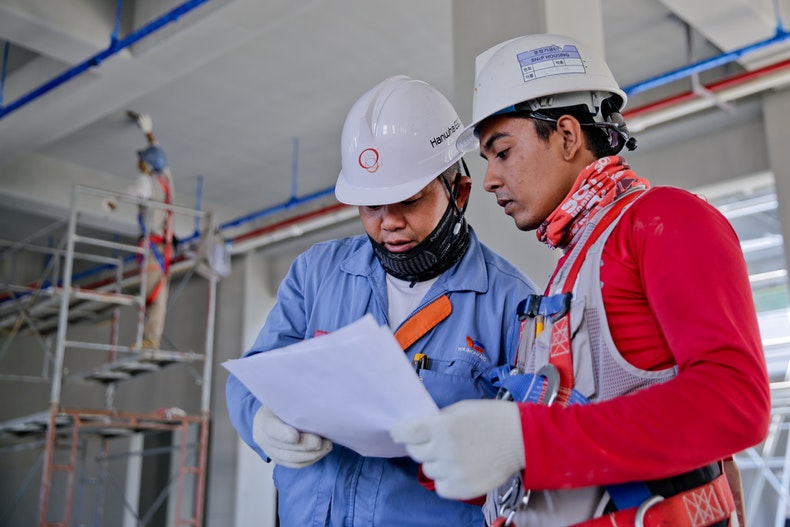The ability to create goods from raw materials is a vital component of a growing economy. Whether it’s as simple as turning a small seed into a basket of tomatoes or a more complex process like converting iron ore into automobile parts, the process of adding value is the same.
Since the Industrial Revolution, the pace at which this value could be added has steadily become dramatically faster, but in more recent years, it has accelerated even beyond that. The combination of old and new techniques is driving our ability to manufacture ever more efficiently and ever more profitably, and it’s spearheading an overall industrial surge that is building jobs and wealth as we speak.

It takes new creations to make this growth happen. After all, there is no such thing as a constant in manufacturing. Customers demand changes in products. Regulations require more efficiency with energy. Management seeks to cut costs. The list of factors that can force adjustments on the assembly line goes on and on, and it’s only the most innovative firms that can react.
An example is the environmental movement. Millions of consumers want to see their products built in a more Earth-friendly way. This new technique is cleaner than traditional welding because it provides a powerful bond between pieces of metal without the gas discharge that takes place with old methods. Well-trained, highly skilled workers must operate the robotic and computerized machinery that makes these systems work, and their wages are a key part of economic growth.
As much innovation and new technology as there is in manufacturing, there is still high demand for the traditional job skills. Machines may do a lot of the work on today’s assembly line, but someone still has to repair those machines. Manufacturing, then, still needs electricians and good general mechanics to take care of those repair and service tasks.
Ironically, more manufacturing actually means more work for jobs that aren’t directly related to applying tools to materials. A theme we’ve seen many times throughout this article has been computerization, and there’s no doubt that the role of information technology in manufacturing will continue to grow.
Think of the process of creating a new model of car from the ground up. It may begin with some manual sketches, but it’s usually not long until the car’s life becomes virtual, hashed out on computers and often shared among various designers and engineers.
Eventually, the project gets the green light and parts are made. Each fender, headrest, and cupholder is created not by direct use of human hands but by a computer that has been programmed with the part’s exact dimensions and specifications. During assembly, a similar process takes place, with parts placed and welded by robotic equipment that works based on the instructions of a computer.
At the wheel of all those processes is a worker who doesn’t use a hammer but a mouse. The computerization of industry means that more and more work is done in this way, with computers providing the eyes and hands for the work while computer operators provide the brains. As a result, training in information technology is just as likely to lead to the factor as it is to the server room.
Manufacturing has had good years and bad years, and it has seen innovation and stagnation. With a variety of factors feeding into the creative processes of engineers, today’s manufacturing is powering a field of new technology that is simultaneously providing customers with desired products, workers with quality jobs, and the industry as a whole with growing incentives to do more with less cost, less danger, and less pollution–with more innovation.











